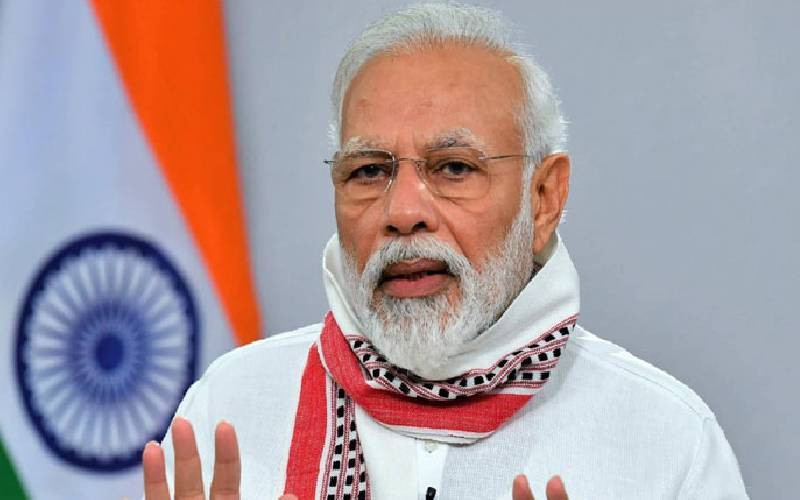Twitter wants to gain a bigger presence in the lives of consumers, and so it’s going behind the scenes of how we connect to our smartphone apps. The most obvious route? Our phone numbers.
Last week, it launched a new mobile platform for developers called Fabric, and a core feature called Digits where Twitter foots the bill to send costly registration texts.That seems generous of Twitter, but there’s a catch: Twitter gets to keep those phone numbers too, and store them on its servers.
It can then use them to enhance its mobile advertising network MoPub. Phone numbers give Twitter a better read on who app users are, to better target them with ads (assuming developers also install MoPub, which Twitter owns and offers them access to for free). Most consumers won’t know about Digits because it will work entirely in the back-end. In fact you may never see the name Twitter when you give the company your number, beyond some tiny, gray text at the bottom of the registration screen that says Digits is “powered by Twitter.”
Advertising business
Privacy concerns notwithstanding, Digits is a crucial selling point for developers, and one that could benefit Twitter’s advertising business in mobile. Twitter did not wish to comment on how it processes and stores user phone numbers. It also does not discuss what it will do with the new batch of user phone numbers that Digits will net, in its blog post about Fabric and Digits. SMS registration is a very appealing route for getting people to sign up to an app. It’s one of the reasons WhatsApp became the first globally popular messaging service.
Users didn’t have to remember a new user name and password. All they needed to do was give their number, and then wait for a text from the app with a verification code.
But texting verification codes can be cripplingly expensive for most apps, even as they grow larger. For instance in an interview with Forbes in January 2014, WhatsApp co-founder Brian Acton explained that SMS verification made up a third of the company’s overall costs, running up a bill as as high as $500,000 (Sh45 million) a month.
In its early days, WhatsApp navigated a cutthroat industry of SMS brokers who would charge prices as high as 65 cents for sending an SMS to a user in the Middle East, and two cents for sending to one in the US. Sometimes the SMS message would fail, and the company would have to call the user with an automated voice provider. That could cost double or 10 times more than an SMS. Registration by text is alluring, but out of reach for most developers. Twitter built Digits on its own infrastructure, and says it’s paying for all those charges. “App developers don’t have to worry about managing multiple relationships with carriers and SMS interchanges,” the company said in a blog post. Developers can use Digits to send SMS codes for free to 216 countries in 28 languages.
Twitter hasn’t denied it will use people’s phone numbers to better identify who they are. Cell phone numbers are better identifiers than emails and could prove more valuable for a mobile advertising network like MoPub.
 The Standard Group Plc is a
multi-media organization with investments in media platforms spanning newspaper
print operations, television, radio broadcasting, digital and online services. The
Standard Group is recognized as a leading multi-media house in Kenya with a key
influence in matters of national and international interest.
The Standard Group Plc is a
multi-media organization with investments in media platforms spanning newspaper
print operations, television, radio broadcasting, digital and online services. The
Standard Group is recognized as a leading multi-media house in Kenya with a key
influence in matters of national and international interest.
 The Standard Group Plc is a
multi-media organization with investments in media platforms spanning newspaper
print operations, television, radio broadcasting, digital and online services. The
Standard Group is recognized as a leading multi-media house in Kenya with a key
influence in matters of national and international interest.
The Standard Group Plc is a
multi-media organization with investments in media platforms spanning newspaper
print operations, television, radio broadcasting, digital and online services. The
Standard Group is recognized as a leading multi-media house in Kenya with a key
influence in matters of national and international interest.









